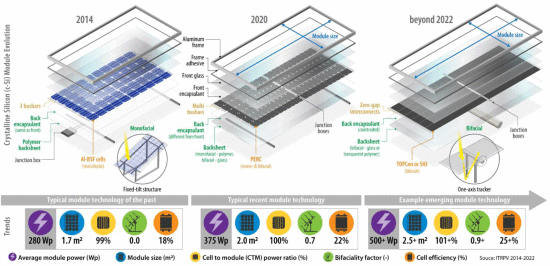2024-03-07 パシフィック・ノースウェスト国立研究所(PNNL)
<関連情報>
- https://www.pnnl.gov/publications/new-model-improves-simulations-wildfire-aerosols-and-their-radiative-effects
- https://agupubs.onlinelibrary.wiley.com/doi/10.1029/2023MS003818
DOEのエネルギー・エクサスケール地球システムモデル第1版(E3SMv1)に対話型火災プルームライズモデルを組み込み、エアロゾルの放射効果を調べる Incorporating an Interactive Fire Plume-Rise Model in the DOE’s Energy Exascale Earth System Model Version 1 (E3SMv1) and Examining Aerosol Radiative Effect
Zheng Lu, Xiaohong Liu, Ziming Ke, Kai Zhang, Po-Lun Ma, Jiwen Fan
Journal of Advances in Modeling Earth Systems Published: 29 December 2023
DOI:https://doi.org/10.1029/2023MS003818

Abstract
The vertical distribution of biomass burning aerosol (BBA) is important in regulating their impacts on weather and climate. The plume-rise process affects the injection height of BBA and interacts with the air parcel lifting and cloud processes. However, these processes are not represented in most global climate models. In this study, we replaced the fixed vertical profiles of monthly BBA emissions in the Department of Energy’s Energy Exascale Earth System Model version 1 (E3SMv1) with an interactive fire plume-rise model. The vertical distribution of BBA emissions was calculated as a function of ambient thermodynamic conditions from the host E3SMv1, with distributions of fire sizes and sensible heat fluxes derived from the observations. The maximum fire radiative power (FRP) technique was used to determine the fire size. Scaling-FRP technique is used to calculate the wildfire heat release. Daily BBA emission, superimposed with a fire diurnal cycle retrieved from the satellite observation, was included in model simulations. The model shows improved agreement with satellite retrievals and in situ measurement during the National Oceanic and Atmospheric Administration Wildfire Experiment for Cloud chemistry, Aerosol absorption, and Nitrogen campaign. The model-observation comparison demonstrates the importance of the plume-rise model and fire diurnal cycle assumption in determining the BBA fields. We also find that E3SMv1 with new features produces a larger carbonaceous aerosol burden, leading to 0.13 W m−2 warming at the top of atmosphere compared to the default E3SMv1. This highlights the importance of accurately representing the BBA injection height and indicates a no-linear nature in the BBA-induced radiative effect.
Key Points
- We incorporate an interactive fire plume-rise model and fire diurnal cycle in the Energy Exascale Earth System Model version 1 (E3SMv1)
- The new features in E3SMv1 generate biomass burning aerosol vertical profiles that agree better with the observations than the default ones
- The E3SMv1 with plume-rise model and fire diurnal cycle causes a 0.13 W m−2 warming effect compared to the default one
Plain Language Summary
In this study, we replaced fixed vertical profiles of biomass burning aerosols (BBA) used in the default doe’s Energy Exascale Earth System Model version 1 (E3SMv1) with an interactive fire plume-rise model and fire diurnal cycle assumption. The BBA vertical profiles predicted by the model with the new features are in better agreement with the satellite observations and in situ aircraft observations compared to the default version. In addition, the inclusion of the plume-rise model and fire diurnal assumption also lead to a warming effect as strong as 0.13 W m−2.



